The subjects we will cover here are lifting, lowering and upending. In particular, we will discuss lifting and lowering decks and lifting, lowering and upending jackets. In all cases, we will assume that the body being moved is connected to the boom of a crane vessel. As an example, here is a picture of a basic deck lift.
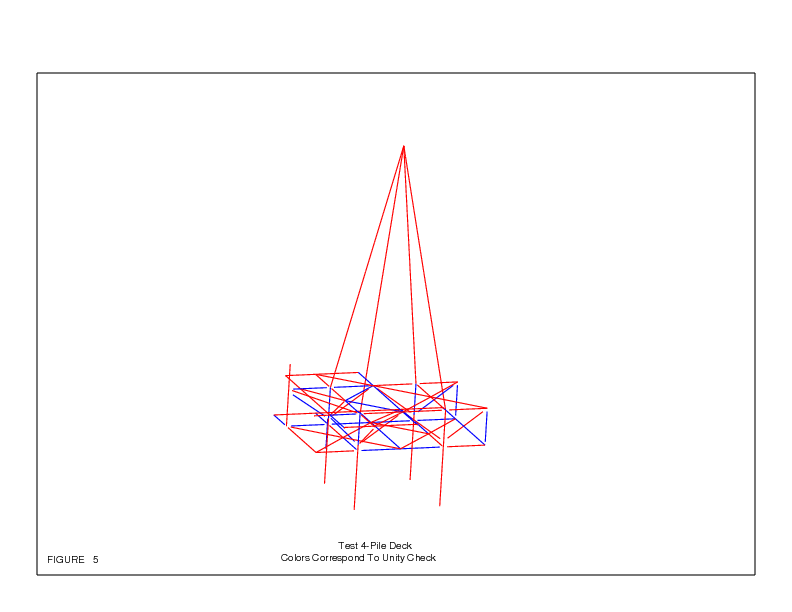
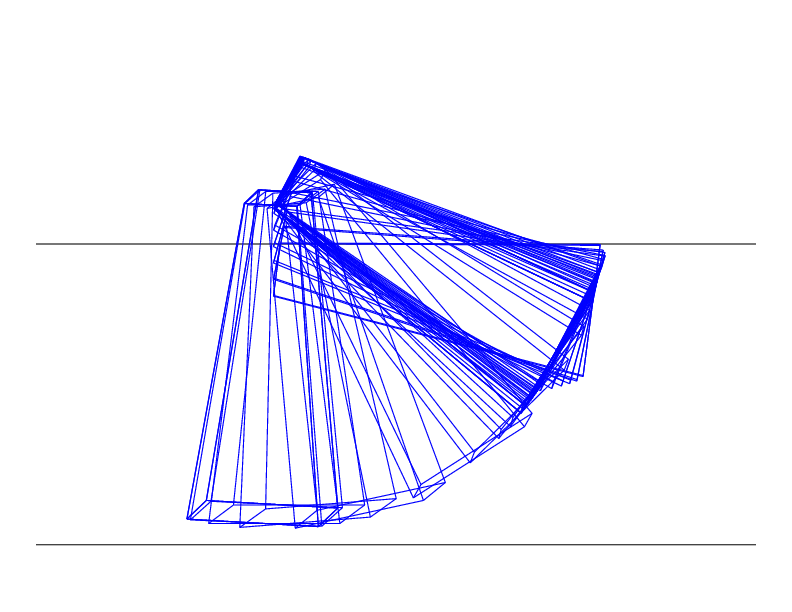
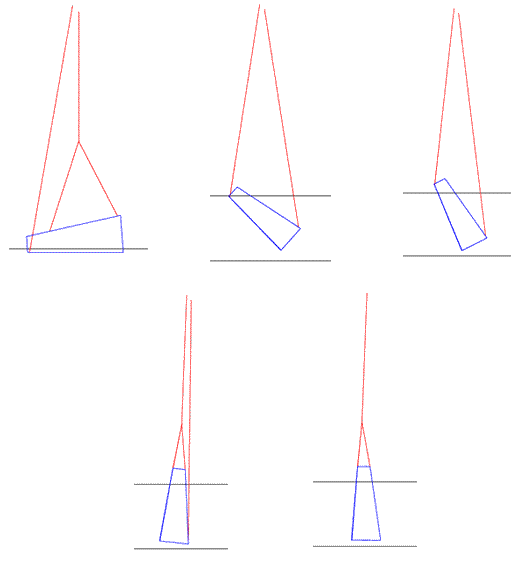
Deck Lifts:
Of the things described above, deck lifts are the most straight forward. Unless one is interested in the impact loads as the deck is either being lifted off of the cargo barge or as it is being set on the jacket, there is little to analyze. One simply finds an equilibrium position of the deck and performs a stress analysis to ensure that nothing breaks. Sometimes one may consider the dynamics of the deck on the hook due to a seastate, but normally these operations are performed in essentially calm seas.
Standard Upend:
As with a deck lift, one normally considers only the statics of an upending operation. In other words, an upending simulation is normally nothing more than a sequence of equilibria. What is important is that:
- The jacket remain stable,
- The jacket roll remains small,
- The jacket not impact either the bottom or any pre-installed equipment on the bottom,
- The hook load not exceed the allowable for the operation, and
- The sling loads not exceed their allowable.


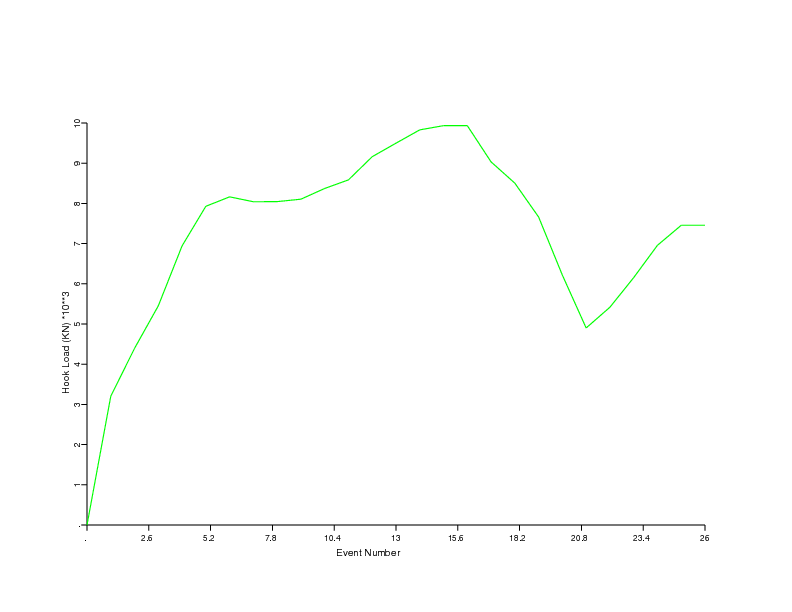
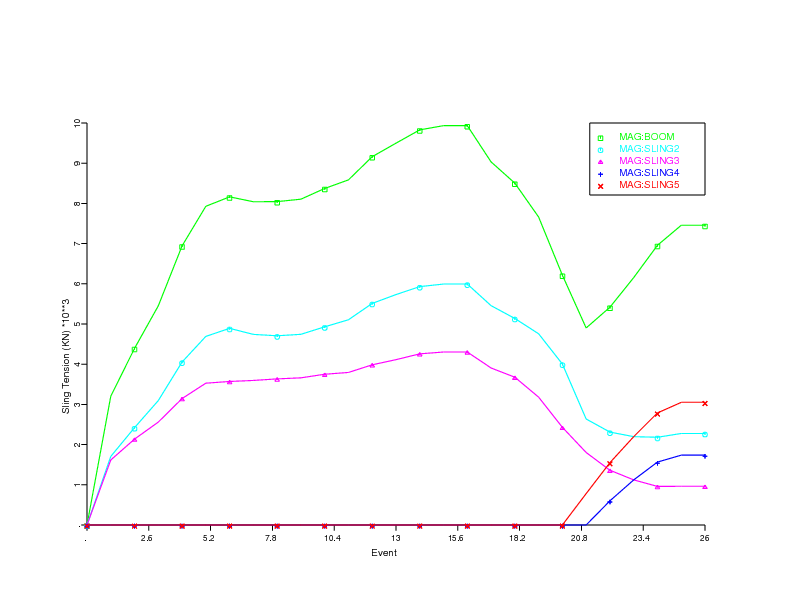
Two Block Upend:
Of all the things considered here, analyzing a two block upend is by far the hardest. Each one of them is a special case and we really cannot give you any general advice.
